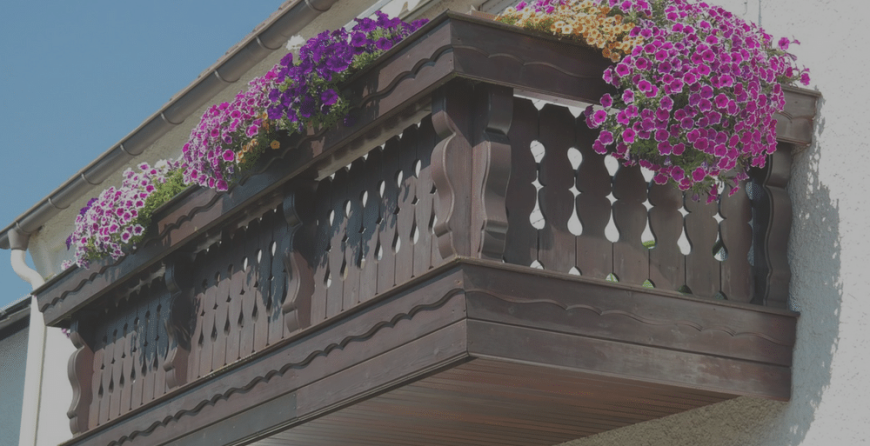 Urbanization and the modernized lifestyles have changed how we do things. This includes how gardening is done. Unlike ancient days when gardening would be carried out in a garden with adequate space to grow different crops, modern gardening enthusiast must come up with creative gardening methods that match the modern lifestyle. Balcony container gardening is one of the creative gardening methods mainly practiced by apartment owners. Though quite demanding to start, balcony gardening offers rewarding results similar to conventional gardening. Here is a guide on how to start your balcony gardening and enjoy fresh herbs and vegetables.
Urbanization and the modernized lifestyles have changed how we do things. This includes how gardening is done. Unlike ancient days when gardening would be carried out in a garden with adequate space to grow different crops, modern gardening enthusiast must come up with creative gardening methods that match the modern lifestyle. Balcony container gardening is one of the creative gardening methods mainly practiced by apartment owners. Though quite demanding to start, balcony gardening offers rewarding results similar to conventional gardening. Here is a guide on how to start your balcony gardening and enjoy fresh herbs and vegetables.
Tips to starting a balcony garden
Choose seeds wisely
Just like regular gardening, the seeds you choose can make or break your gardening efforts. Grow crops or herbs that are native to your region because they will require less attention and organic treatment. Seek advice from a local gardening expert or a trusted neighbor who practices organic gardening. Experienced and well-informed gardeners will offer advice about what to sow when and why and how to care for your balcony garden. Also, there are reliable online resources that offer advice about the seeds to sow in different growth regions. They help a lot if you have no touch with a gardening expert in your area.
Start the seeds indoors
Some delicate plants like tomatoes do well if started indoors and transferred outdoors after thriving. However, since you would not be growing your crops in a garden or full bed, it is advisable to start them all indoors. Invest in small greenhouse starter kits and a large outdoor container. The greenhouse starter kits will be used indoors to start the seeds that will be later transferred to the large outdoor container.
Label your seeds
Most first time gardeners forget to label seed rows after planting. Note that, the initial sprouts are hard to differentiate. You are free to invent your labels, but it is advisable to popsicle sticks, permanent markers or twigs. Labeling makes transplanting easier.
Group your crops wisely
Different crops require different conditions to thrive. Also, different plants are transferred and harvested at different times. Grouping by transplant and harvest makes your work easier because you know it’s time to make the next gardening step by looking at the crops. Seedlings will grow to a certain height before being transplanted while grown crops will require a different produce after a specified period. For instance, crops that mature after one month should be grouped together and so forth.
Take notes
Seed packets contain information such as how to sow and care for the seeds to maturity. Note the manufacturers’ advice before you start planting. Next, note information such as what you sow where, when and how. This helps to keep track of the time durations and expected maturity dates. This may sound daunting, but it is advisable for novice gardeners who cannot tell when it’s time to transfer seedlings just by looking at them.
Conclusion
The upsurge in chemical gardening has created an unquenchable thirst for organic homegrown crops especially herbs and vegetables. Balcony gardening not only keeps you engaged but also offers the right food tastes and quality. The trick is choosing crops native to your area, and that can survive under your balcony’s sunlight exposure.


